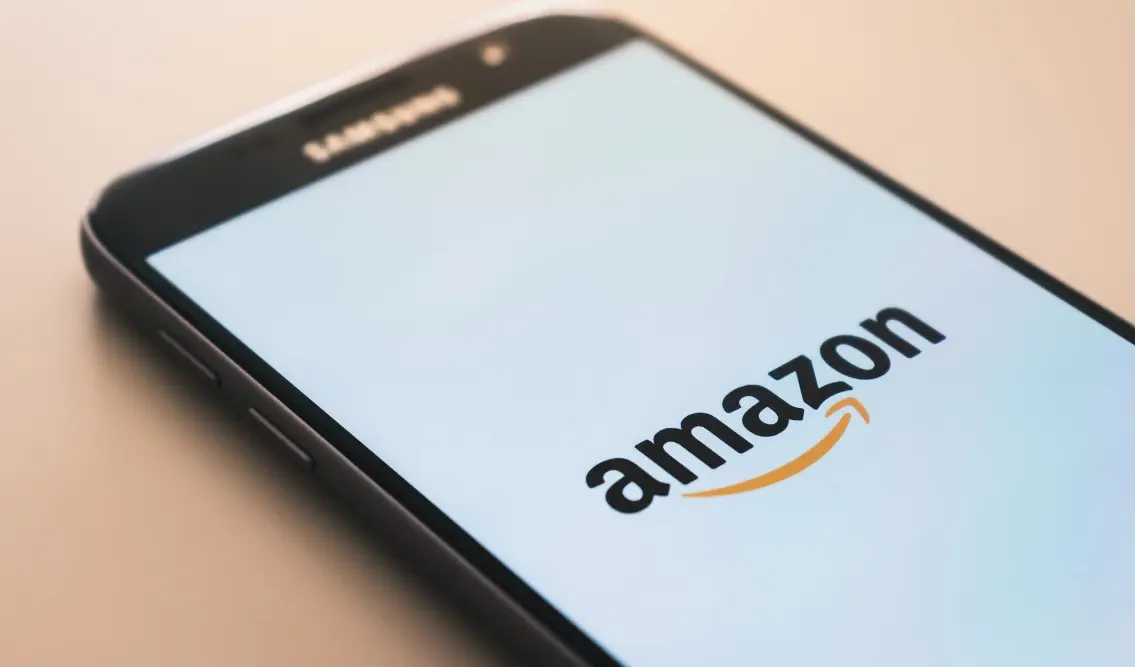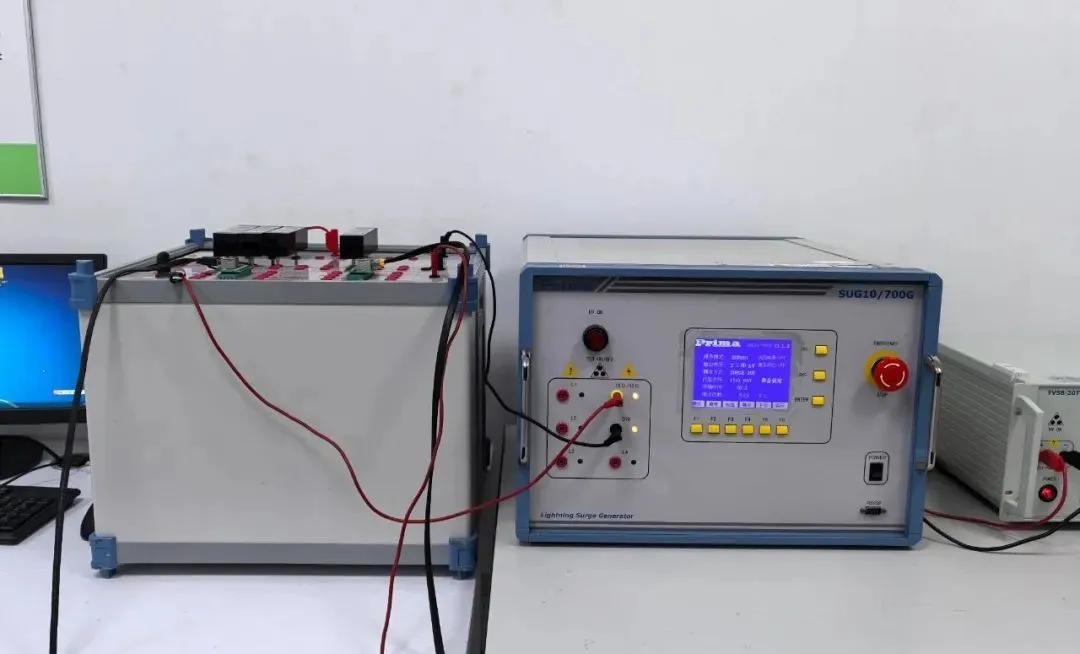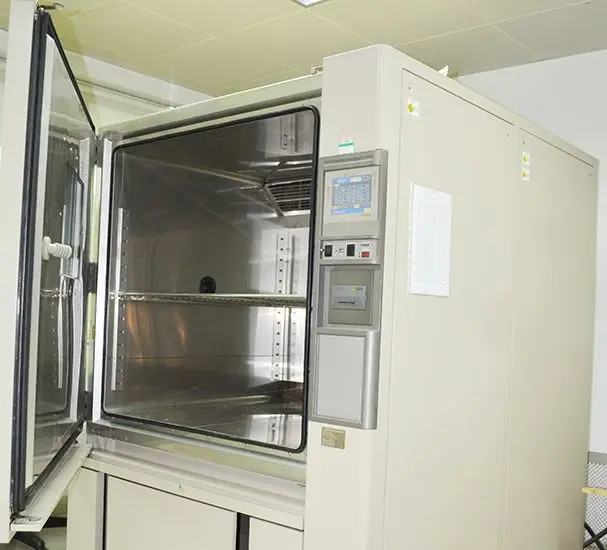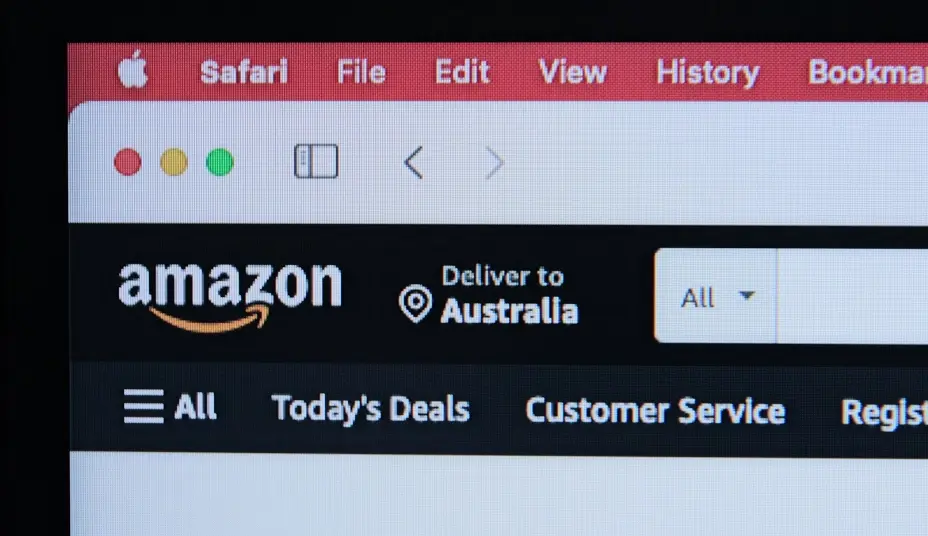
GPSR Certification Compliance Guide
The EU General Product Safety RegULation (gpsr) came into effect on December 13, 2024, replacing the current General Product Safety Directive and Food Imitating Product Directive. This regulation represents a significant update to the EU's product safety compliance framework, aiming to modernize the EU's product safety framework to address new challenges brought by econoMIC digitization and apply directly to all EU member states.
This document aims to provide businesses with compliance guidelines on GPSR to facilitate their necessary compliance preparations.
It should be noted that GPSR does not apply to the markets of England, Wales, and Scotland, which are governed by the UK General Product Safety Regulations 2005. However, under the Northern Ireland Protocol, GPSR, as EU law, still applies to the Northern Ireland market.
Businesses need to understand and comply with the relevant requirements of the EU General Product Safety Regulation (GPSR) and establish their internal compliance processes to ensure that the goods they sell meet the regulations. This includes, but is not limited to, requirements for product qualifications, labels, packaging, instructions, and warning messages, as well as necessary EU Responsible Person information, which should be displayed on the product detail pages.

Compliance Guide
The EU General Product Safety Regulation (GPSR) requires that all consumer products sold in the EU market must be safe. The regulation sets specific obligations for various actors in the supply chain to further protect consumers from potential product safety risks.
(1) Scope of Applicable Products
GPSR applies to consumer products provided or placed on the EU market (hereinafter referRED to as the "market") through any channel (including online channels), whether new, used, repaired, or refurBIShed.
The following products are not subject to GPSR:
- Human or veterinary medicinal products;
- Food and beverages;
- Animal feed;
- Live animals and plants (including genetically modified organisms and genetically modified microorganisms for contained use, as well as animal and plant products directly related to the future reproduction of animals and plants);
- Animal by-products and derived products;
- Plant protection products (such as pesticides);
- Consumer transportation or mobility equipment, provided that the equipment is directly operated by a service provider within the scope of transportation services provided to consumers, rather than by consumers themselves;
- Aircraft;
- Antiques.
In addition, if a product is subject to specific safety requirements under other EU laws, GPSR will only apply to aspects and risks not covered by these requirements. For more information on EU harmonized legislation containing specific product safety requirements, reference can be made to Annex I of the EU Market Surveillance Regulation (EU 2019/1020) and other relevant laws and regulations.
(2) Product Safety Requirements
1. Product Safety Assessment
GPSR stipulates that only safe products are allowed to be placed on the market. If your product complies with European standards published in the EU Official Journal, it is deemed to meet the general safety requirements.
2. Product Traceability
Product traceability is the basis for effective market supervision and corrective measures. In both offline and online sales channels, including when purchasing products on online markets, consumers should be protected from dangerous products in the same manner. To ensure product traceability, the following information must be displayed:
- EU Responsible Person information: name, registered trade name or trademark, and contact information, including postal address and electronic address.
- Product identification: The product must be marked with a product identifier (such as model, batch or serial number, or other elements that can identify the product), which should be easily visible and recognizable to consumers. If the size or nature of the product does not allow this, the required information should be provided on the packaging or in the documents accompanying the product.
- Manufacturer and importer information (if applicable): Manufacturers and importers (if applicable) should clearly mark their names, registered trade names or trademarks on the product and provide reliable postal and electronic addresses so that consumers can easily contact them.
3. Recall Requirements
Under GPSR, if a product safety issue arises and a business initiates a product safety recall voluntarily or as ordered by relevant regulatory authorities, the business must offer consumers at least two of the following remedies:
- Repair the recalled product;
- Replace the recalled product with a safe product of the same type and at least the same value and quality;
- Provide a full refund for the recalled product, with the refund amount being at least equal to the price paid by the consumer.
When other remedies are not feasible or would impose disproportionately high costs on the business, the business may provide only one remedy to consumers, provided that the business has considered all circumstances, including whether an alternative remedy can be provided without causing significant inconvenience to consumers.
Remedies must not cause significant inconvenience to consumers. Consumers must not bear the cost of transporting or otherwise returning the recalled product. For products that are inherently non-portable, the business must arrange for their collection.
In the event of a product recall or the need to alert consumers of relevant information to ensure the safe use of the product ("safety warnings"), businesses must, in accordance with the obligations specified for their respective roles under GPSR, ensure that all affected consumers can access the recall notice (which must be published in the language of the country where the product is sold; for the recall notice template, see the EU official website) or safety warning. Recall notices or safety warnings must be published clearly and visibly through appropriate channels to ensure the widest possible dissemination of the information, including but not limited to: company websites, social media channels, newsletters, retail stores, and announcements in mass media and other communication channels (where applicable).
4. Cooperation with Regulatory Authorities
Under GPSR, businesses must, based on their role, cooperate with market regulatory authorities to maintain product safety, including:
- Collaborating with market regulatory authorities to take actions to eliminate or mitigate risks posed by products they provide on the market;
- Promptly informing regulatory authorities and providing necessary information:
i. If a business believes or has reason to believe that a product it has placed on the market is dangerous, it must immediately notify the market regulatory authority of the country where the product is sold through the Safety Business Gateway, providing detailed information, particularly about risks to consumer health and safety and any corrective measures taken, as well as the number of products still in circulation in the member state (if applicable);
ii. If a product safety incident has occurred, the business must immediately notify the regulatory authority of the member state where the incident occurred through the Safety Business Gateway, providing information on the product type, identification number, details of the incident, risks to consumer health and safety from product use, and any other relevant information required by the regulatory authority;
- Providing, upon request by regulatory authorities, relevant traceability information about the product;
- Providing samples within the specified time frame and sending them to the designated address for physical testing as required by regulatory authorities. At the same time, businesses must provide relevant materials requested by regulatory authorities.
5. Other Requirements
GPSR also stipulates a series of compliance requirements related to product safety, including but not limited to labeling requirements, product detail page display requirements, and technical documentation requirements. Businesses can refer to Chapter 3 of GPSR to design corresponding internal compliance systems based on their role in the supply chain (particularly as manufacturers).
(3) EU Responsible Person
1. EU Responsible Person
Under GPSR, products without an EU Responsible Person cannot be placed on the market. This requirement originates from the Market Surveillance Regulation (EU 2019/1020), which requires that products within its scope requiring CE certification must have a corresponding economic operator as the responsible person before entering the EU market. GPSR further extends this requirement to products beyond those requiring CE certification.
(1) The following roles can act as EU Responsible Persons:
- Manufacturers established within the EU;
- Importers, if the manufacturer is not within the EU;
- eu authorized representatives holding a written authorization from the manufacturer;
- If there is no above-mentioned economic operator established in the EU, a compliance service provider established in the EU for handling the product.
(2) The EU Responsible Person shall perform the following obligations:
- Verifying and preserving the EU Declaration of Conformity, Declaration of Performance, and their technical documentation to provide them to market regulatory authorities upon request within the statutory period, and ensuring that the technical documentation is also available to these authorities upon request;
- Providing, upon reasonable request by market regulatory authorities, all necessary information and documents in a language understandable to the authority to prove product conformity;
- Immediately notifying market regulatory authorities if there is reason to believe that a product may pose a risk;
- Cooperating with market regulatory authorities to ensure that immediate and necessary corrective measures are taken to address any issues non-compliant with the EU harmonized legislation applicable to the product upon reasonable request. If unresolved, at least mitigating the risks the product may pose;
- Marking the EU Responsible Person’s name, registered trade name or trademark, and contact information, including postal address and electronic address, on the product or its packaging, wrapping, or accompanying documents.
2. EU Authorized Representative as EU Responsible Person
Non-EU manufacturers selling products directly to EU consumers without an EU-established entity must appoint a natural or legal person within the EU as an EU Authorized Representative (hereinafter referred to as "EU Representative") in writing as the EU Responsible Person.
EU Representatives must at least perform the following duties:
- Providing, upon reasonable request by market surveillance authorities, all necessary information and documents in the authority’s official language to prove the product’s safety;
- Notifying the manufacturer if the authorized representative believes or has reason to believe that a product is dangerous;
- If the manufacturer has not provided information or, as instructed by the manufacturer, notifying the competent national authority through the Safety Business Gateway of any actions taken to eliminate risks posed by the authorized products;
- Cooperating with competent national authorities at their request to assist in eliminating risks posed by the authorized products.
When selecting an EU Representative, consideration must be given to compliance with EU specific product legislation requirements for EU Representatives, such as for medical devices. Given that EU Representatives bear certain responsibilities and can affect product sales, businesses are advised to choose EU Representatives with a certain scale and capabilities.
3. Other Roles as EU Responsible Persons
If there is an EU-established entity, it can be chosen as the EU Responsible Person. For example, EU-established manufacturers or importers, but it should be noted that manufacturers and importers also need to bear additional responsibilities for the product.
- EU-established Manufacturers:
A "manufacturer" refers to any natural or legal person who manufactures a product, designs or manufactures a product, and sells it under their own name or trademark. Before placing a product on the market, the manufacturer must conduct a risk analysis and prepare corresponding technical documentation. The product label must clearly display the product’s identification code, the manufacturer’s name, registered trade name or trademark, postal and electronic addresses, etc. Specific responsibilities can be referenced in Article 9 of GPSR.
- EU-established Importers:
An "importer" refers to any natural or legal person established in the EU that places products from third countries on the Union market. Before placing a product on the market, the importer must ensure that the product complies with general safety requirements (including technical documentation, product identification, and marking of manufacturer information, etc.) and is responsible for providing consumers with clear instructions and safety information in an understandable language. Importers must also mark their names, registered trade names or trademarks, postal and electronic addresses on product labels and, if they suspect that the products they sell are dangerous, promptly notify the manufacturer and take appropriate corrective measures. Specific responsibilities can be referenced in Article 10 of GPSR.
(4) Platform-Specific Requirements
Businesses must ensure that all non-food products comply with the General Product Safety Regulation (GPSR) and meet at least the following requirements:
1. Information Display on Labels
Product labels must display the following information:
- EU Responsible Person information: name, registered trade name or trademark, and detailed contact information, including postal address and email. This information can be marked on the product or its packaging, wrapping, or accompanying documents;
- Manufacturer information: name, registered trade name or trademark, and detailed contact information, including postal address and email. This information must be marked on the product; if not possible, it must be marked on the product packaging or accompanying documents;
- Importer information (if applicable): name, registered trade name or trademark, and detailed contact information, including postal address and email. This information must be marked on the product; if not possible, it must be marked on the product packaging or accompanying documents;
- Product identifier: product model, batch or serial number, or other elements that can identify the product;
- Warnings and safety information (in a language understandable to consumers in the country/region of sale);
- Other information required to be displayed on the product as specified in other applicable regulations/harmonized standards.
2. Information Display on Product Detail Pages
The following information must be displayed on product detail pages:
- EU Responsible Person information: name and detailed contact information, including postal address and email;
- Manufacturer information: name, registered trade name or trademark, and detailed contact information, including postal address and email;
- Product identifier: including product images, product type, and any other product identifiers;
- Warnings and safety information (in a language understandable to consumers in the country/region of sale).
Reference regulations:
- EU General Product Safety Regulation (EU) 2023/988
- EU Market Surveillance Regulation (EU) 2019/1020
- EU Digital Service Act (EU) 2022/2065
- Guidelines for Economic Operators and Market Surveillance Authorities on the Practical Implementation of Article 4 of Regulation (EU) 2019/1020
Email:hello@jjrlab.com
Write your message here and send it to us
 Electric Toy EN 62115 & EN 71 Testing
Electric Toy EN 62115 & EN 71 Testing
 What are ASTM F963 and CPSIA?
What are ASTM F963 and CPSIA?
 Comparison of ASTM F963 and EN 71
Comparison of ASTM F963 and EN 71
 How to get CSA C22.2 NO.256:14 Test Report?
How to get CSA C22.2 NO.256:14 Test Report?
 How much is the ISTA Amazon Packaging & Shippi
How much is the ISTA Amazon Packaging & Shippi
 Amazon Product Laboratory Testing Requirements
Amazon Product Laboratory Testing Requirements
 How to Get EPA Certificatio
How to Get EPA Certificatio
 What is EPA Certification in the United States?
What is EPA Certification in the United States?
Leave us a message
24-hour online customer service at any time to respond, so that you worry!




